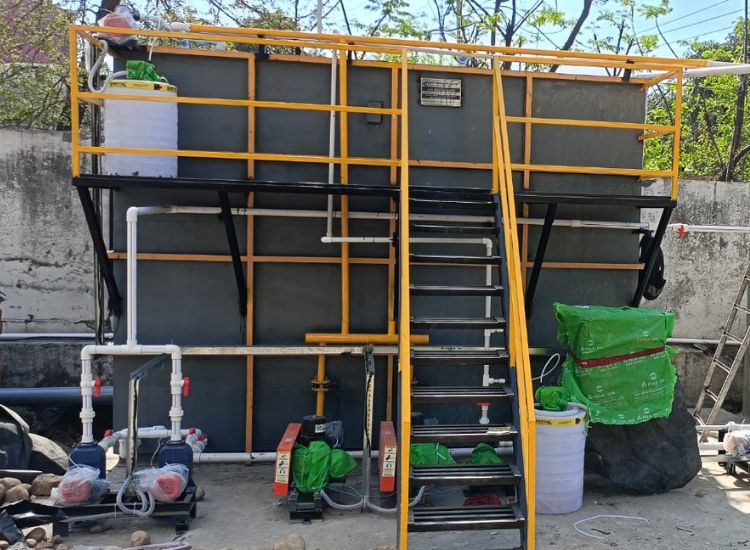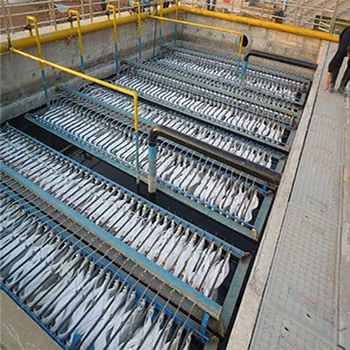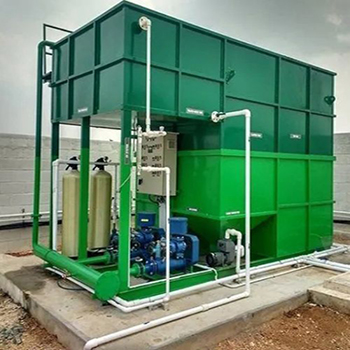
Sewage Treatment Pant
We have 10+ years of experience with providing wide area of specialty services works listed below
Sewage Treatment Plant
Quick Contact For This Product
Sewage Treatment Plant
A Sewage Treatment Plant or STP plant is used to get rid of contaminants from wastewater. Physical, chemical and organic processes are involved to remove or treat wastewater contaminants
Types of Sewage Treatment Plant
- E.A. (Extended Aeration)
- SBR (Sequential Batch Reactor)
- MBBR (Moving Bed Bio Reactor)
- MBR (Membrane Bio Reactor)
Hydroflux Engineering Pvt Ltd is a reputable STP plant manufacturer in Delhi, India.
SEWAGE TREATMENT PLANT (STP)
We offer a complete range of Sewage Treatment Plant solutions that uses either conventional world-class technologies or more modern membrane processes.
We offer economically viable and customizable solutions for STP and environmental control projects, using world-class technology to provide the best results to our customers.
The government has taken steps such as the Viability Gap Funding scheme and zero discharge policies. Private sector investment in wastewater treatment expecting to grow. Municipal water and wastewater projects are being encouraged under the national water policy.
Below are the features and specification of STP Plants offered by Hydroflux Engineering:
- Compact design with a low footprint
- Optimal utilization of waste.
- Eliminates harmful components from industrial effluents.
- Available in both containerized and non-containerized modes.
- Economical to use.
- Energy-efficient.
- Fully automatic.
- Uses the activated sludge process as the basic technology.
- High-speed processing.
- Inexpensive operation and maintenance.
- Utilizes modern technologies like SAFF, FAB, and MBBR.
- Works on the oxygen-consuming treatment process.
Working Process Sewage Treatment Plant.
A Sewage Treatment Plant is a facility that cleans and processes sewage.
- Sewage treatment removes contaminants from wastewater, typically from households, using physical, chemical, and biological processes to produce safe treated wastewater.
- It flows through screens and into settlement basins to sluice out the trash and debris that would otherwise cause a significant amount of damage to the equipment. .
- This can cause excessive wear to the equipment and reduce its life.
- This process will ensure that wastewater is not contaminated with harmful bacteria, viruses, and other materials. Here are some things you need to know about STPs.
Primary treatment.
- Primary treatment involves mixing raw and processed sewage, creating a homogenous solution.
- This mixture is mixed with oxygen to break down organic matter and remove pathogens. The balancing tank is sized to handle a full six to eight hours of sewage.
- A blending system is also commonly used to ensure that the wastewater is homogeneous and free of microbial growth
- In addition, an aeration plant must include a filtration system.
Secondary treatment.
- Secondary treatment is often an aerobic process. Aeration basins contain aerators
- These systems consist of pipes with discs attached to them. Discs are thin, rubber, or ceramic membranes designed to allow air to pass through them.
- The air flowing through these systems creates bubbles in the water column.
- The oxygen from the water helps bacteria digest the organic matter in the wastewater. This process removes most harmful chemicals, though it cannot remove nitrates or chlorides..
STP Plant Manufacturer.
Water Treatment Manufacturer(Hydroflux Engineering) comes to solve this problem. As a leading manufacturer of Sewage Treatment Plant , Effluent Treatment Plant and Industrial RO Plant. Hydroflux Engineering comes forward to design according to customer need and machines are available to anywhere and everyplace.



